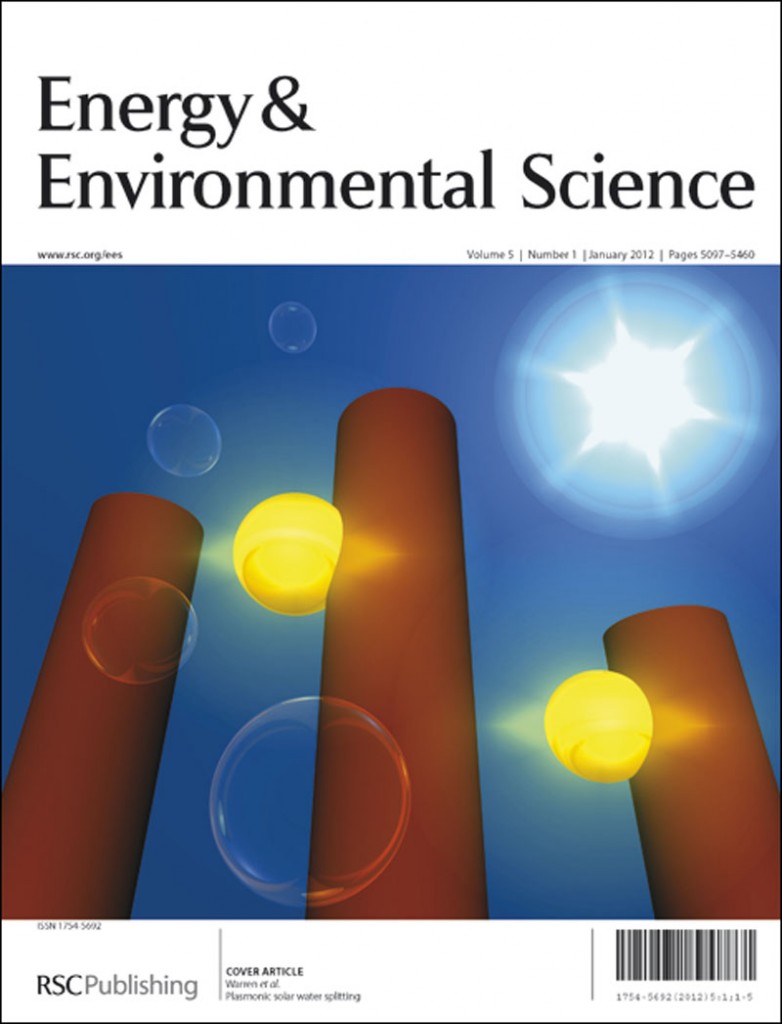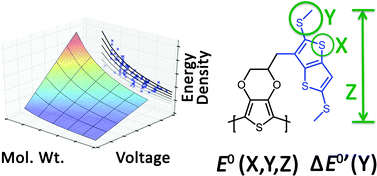This month sees the following articles in EES that are in the top ten most accessed in February:
Recent advances in solution-processed interfacial materials for efficient and stable polymer solar cells
Hin-Lap Yip and Alex K.-Y. Jen
Energy Environ. Sci., 2012, 5, 5994-6011
DOI: 10.1039/C2EE02806A
Na-ion batteries, recent advances and present challenges to become low cost energy storage systems
Verónica Palomares, Paula Serras, Irune Villaluenga, Karina B. Hueso, Javier Carretero-González and Teófilo Rojo
Energy Environ. Sci., 2012, 5, 5884-5901
DOI: 10.1039/C2EE02781J
Challenges in the development of advanced Li-ion batteries: A review
Vinodkumar Etacheri, Rotem Marom, Ran Elazari, Gregory Salitra and Doron Aurbach
Energy Environ. Sci., 2011, 4, 3243-3262
DOI: 10.1039/C1EE01598B
Optimization of photoelectrochemical water splitting performance on hierarchical TiO2 nanotubes array
Zhonghai Zhang and Peng Wang
Energy Environ. Sci., 2012, 5, 6506-6512
DOI: 10.1039/C2EE03461A
Catalysts Made of Earth-Abundant Elements (Co, Ni, Fe) for Water Splitting: Recent Progress and Future Challenges
Pingwu Du and Richard Eisenberg
Energy Environ. Sci., 2012, 5, 6012-6021
DOI: 10.1039/C2EE03250C
Recent Advances in Hybrid Photocatalysts for Solar Fuel Production
Phong D. Tran, Lydia H. Wong, James Barber and Joachim S. C. Loo
Energy Environ. Sci., 2012, 5, 5902-5918
DOI: 10.1039/C2EE02849B
Energy and Environmental Nanotechnology in Conductive Paper and Textile
Liangbing Hu and Yi Cui
Energy Environ. Sci., 2012, 5, 6423-6435
DOI: 10.1039/C2EE02414D
How should you measure your excitonic solar cells?
Henry J. Snaith
Energy Environ. Sci., 2012, 5, 6513-6520
DOI: 10.1039/C2EE03429H
Graphene Based New Energy Materials
Yiqing Sun, Qiong Wu and Gaoquan Shi
Energy Environ. Sci., 2011, 4, 1113-1132
DOI: 10.1039/C0EE00683A
High-Performance Flexible Lithium-Ion Electrodes Based on Robust Network Architecture
Xilai Jia, Zheng Chen, Arnold Suwarnasarn, Lynn Rice, Xiaolei Wang, Hiesang Sohn, Qiang Zhang, Benjamin M. Wu, Fei Wei and Yunfeng Lu
Energy Environ. Sci., 2012, Advance Article
DOI: 10.1039/C2EE03110H
Why not take a look at the articles today and blog your thoughts and comments below
Fancy submitting an article to EES? Then why not submit to us today!
 Energy & Environmental Science has been highlighted in Thomson Reuters Science Watch as a Rising Star in the field of Environment & Ecology. EES has an Impact Factor of 9.45 making it the the #1 ranked journal in its field.
Energy & Environmental Science has been highlighted in Thomson Reuters Science Watch as a Rising Star in the field of Environment & Ecology. EES has an Impact Factor of 9.45 making it the the #1 ranked journal in its field.











